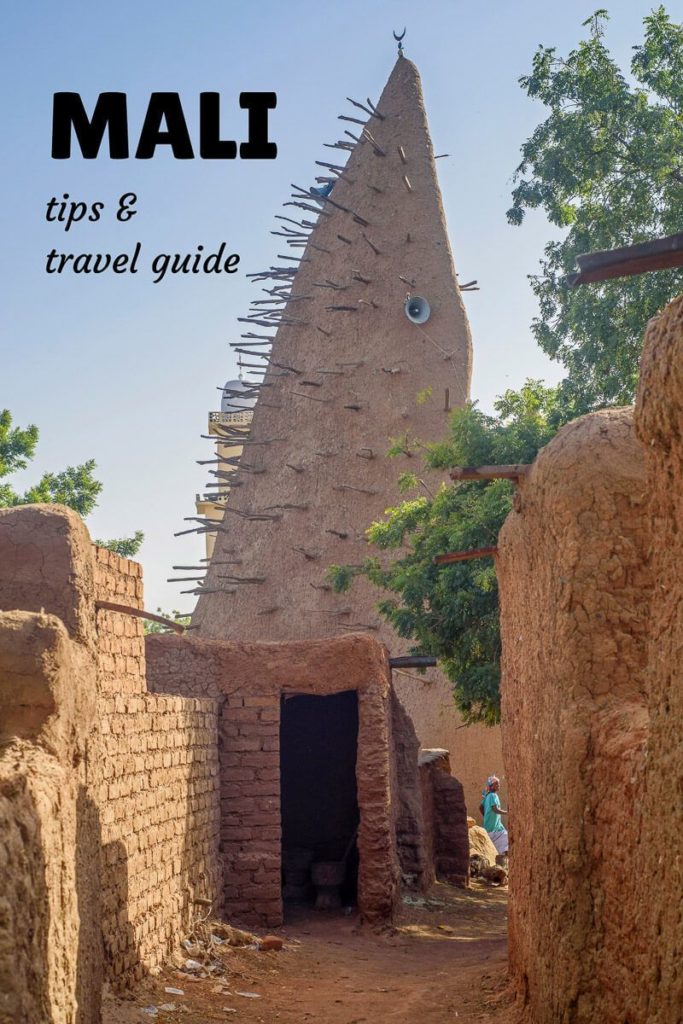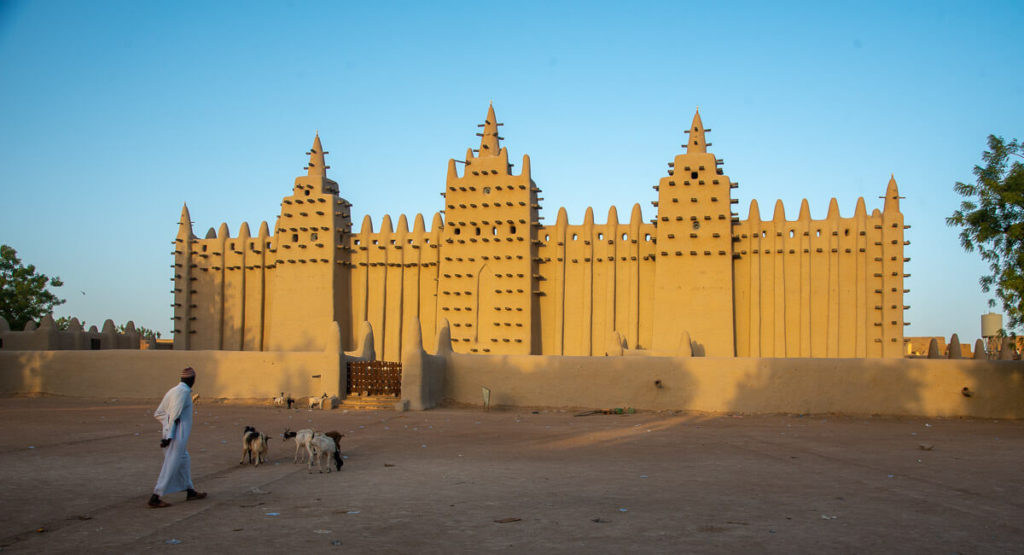Why visit, safety, visa, best experiences, getting in, budget & costs, cultural facts and more. This is the most up-to-date travel guide to Mali anywhere.
Despite an unfortunate, ongoing conflict that has sealed some of the most astonishing sites in the country from regular tourists, Mali is still out there, Malians carry on with their lives and, with a bit of planning, some of their human-made wonders can be visited without any complication.
I visited Mali right after Mauritania and, while I think the latter is a great country to visit, Mali exceeded all my expectations, becoming one of my favorite destinations ever.
From tribal people to breathtaking man-made monuments and extraordinary landscapes, Mali might be, along with Ethiopia, the sub-Saharan African country with the biggest touristic potential.
This guide contains everything you need to know for traveling to Mali now.
For all the places to visit in the country, check my personal Mali itinerary

Insurance for traveling in Mali
I strongly recommend IATI Insurance: COVID-19 + full Mali coverage + 5% discount
BUY IT HERE TO GET YOUR SPECIAL DISCOUNT
Traveling to Mali today
The situation in Mali is kind of ambiguous.
First of all, I personally believe that Mali is one of the most dangerous countries in the world, probably more than Syria and other Middle Eastern countries but, for some reason, the Western media hardly talks about it.
Nevertheless, most informed people and travelers know that something is going on in Mali but very few know what is actually happening.
In fact, when I announced my trip to Mali, I got several warnings from friends, readers and even family members, telling me to be careful, keep a low profile, or even suggesting canceling the trip but, once again, they barely knew what I had to be careful about.
So, what is going on in Mali that dropped tourism?
To summarize it in a few sentences, it all started back in 2012, when Tuareg insurgent groups claimed independence or more autonomy for northern Mali.
Following a coup d’état in March 2012, those Tuareg insurgent groups – represented by the National Movement for the Liberation of Azawad – occupied several northern cities (including Timbuktu and Gao) and, backed by Islamist groups, self-declared independence of northern Mali, rebranding it as Azawad.
The problem, however, was that the Tuaregs and Islamic rebels had completely different visions, so they started…
Click Here to Read the Full Original Article at Travel Blog – Against the Compass…
